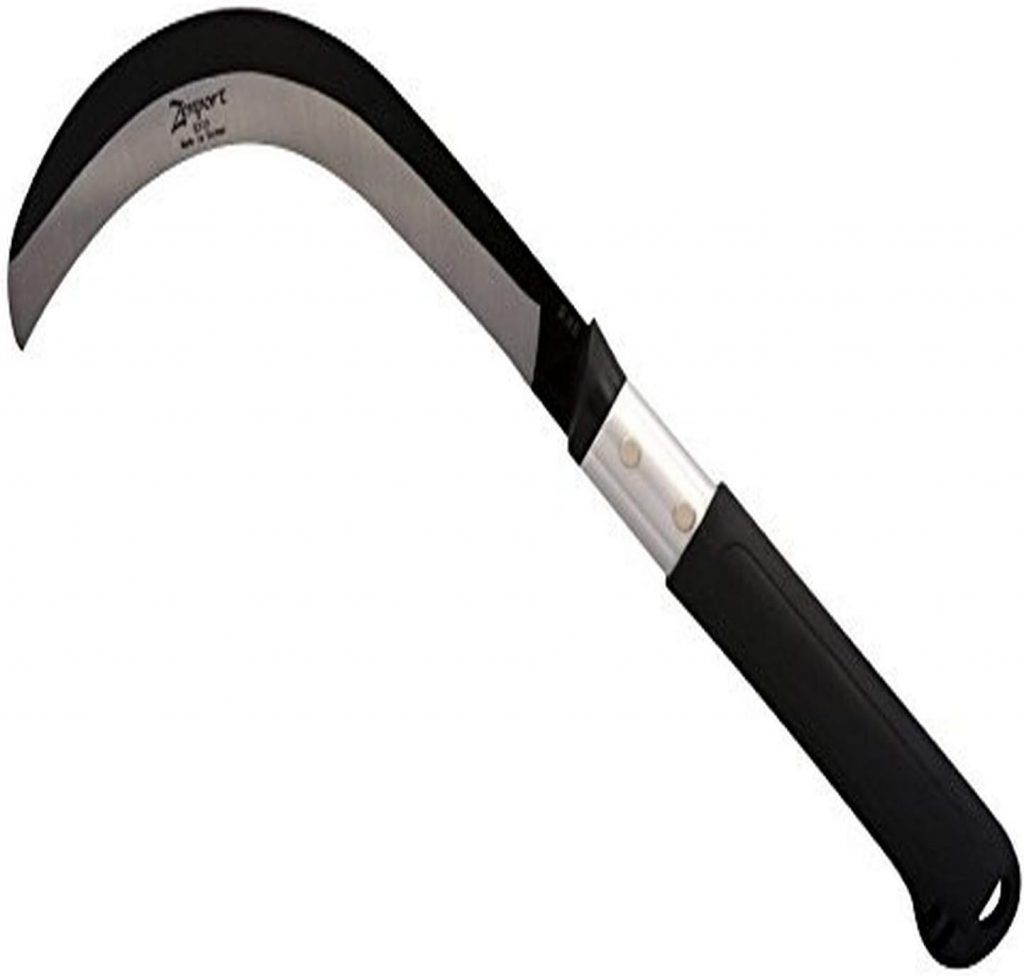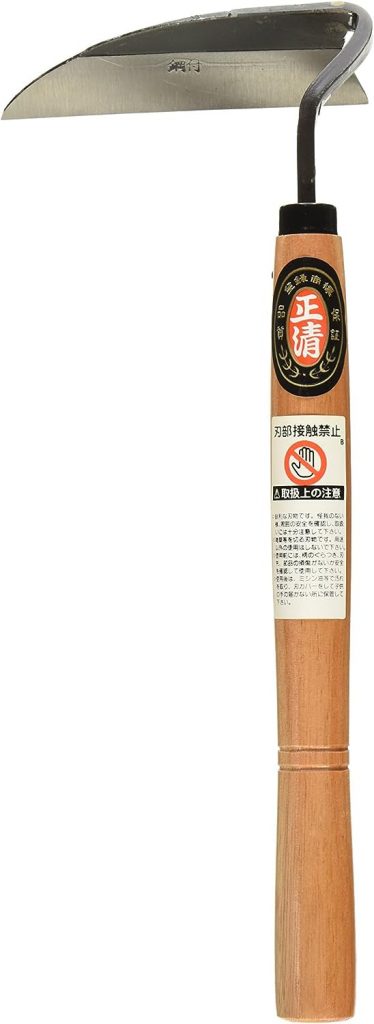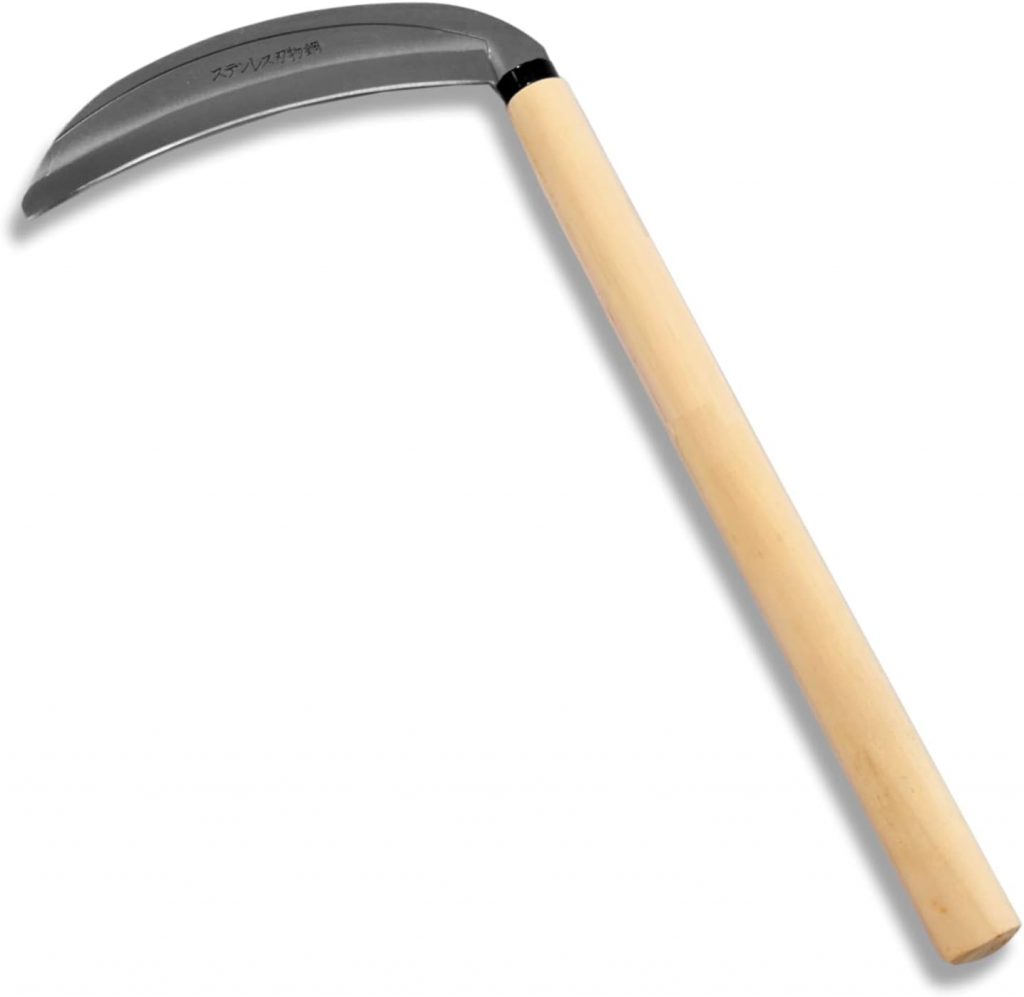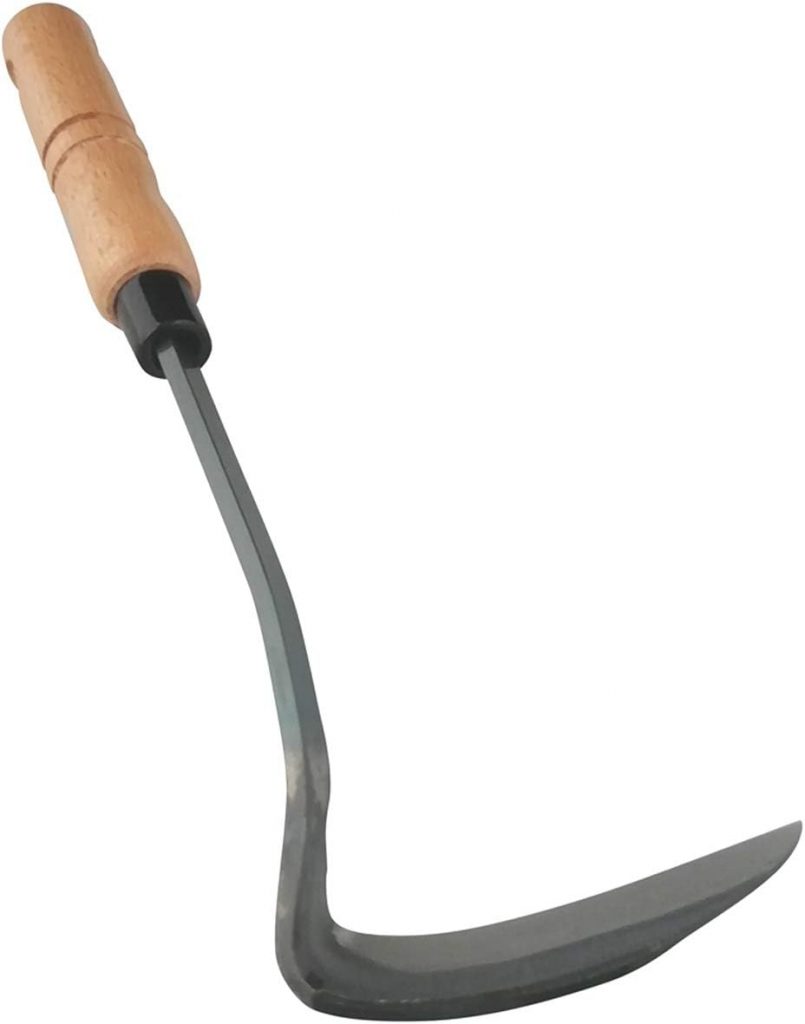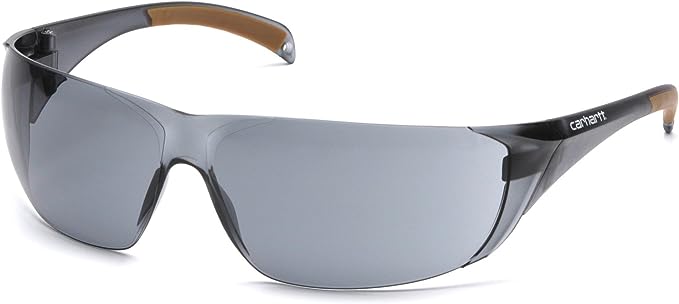Sickle tools have been used since ancient times for cutting vegetation, harvesting crops, and more. In modern times, sickle tools are still widely used for gardening, farming, and landscaping tasks. However, with many different types of sickle tools on the market, it can be challenging to know which one to buy and how to use it correctly. In this blog post, we will provide a complete guide to buying and using sickle tools, including the different types of sickle tools available, how to use each type, whether you should consider buying a used sickle tool, and sickle tool safety.
How to Choose The Right Sickle Tool
When buying a sickle tool, you should consider the following factors:
- Type of blade: There are two types of blades you will commonly see. The most common is the straight blade, which is best for general use like lawn maintenance. The second kind is the curved blade, which is better suited for gardening tasks like pruning.
- Quality: The quality of sickle tools will vary from one brand to another, so it is essential to research before you buy. Look for tools made of durable materials like carbon steel or stainless steel. You also may want to look over reviews of sickle tools before making a final purchase.
- Price: As with any product, sickle tool prices range depending on the make, model, and overall quality. Choose the best option within your budget, doing so will get a quality tool that will last long-term.
- Handle: the handle must be durable and non-slip to maintain a proper grip.
What Type of Sickle Tools Exist?
Now let’s go about specific types of sickle tools.
One type is the Brush Sickle. This sickle tool has a long, slightly curved blade with a sharp edge, making it ideal for cutting tall grass, brush, and weeds.
Next is the Weeding Sickle, which has a shorter, slightly curved blade designed for cutting weeds and small plants.
The Grass Sickle is another sickle tool, and like its name implies, is best suited for cutting grass. Its straight blade with a hooked end allows for a precise cutting action.
Lastly is the Kama Sickle, a Japanese tool with a sickle blade on one end and a blunt end on the other, making it incredibly versatile for gardening tasks.
How to Use Each Type of Sickle Tool
It’s critical to understand which type of sickle tool is best suited for a specific task. The most common use for a sickle tool is to cut or trim grass, weeds, or brush. To do that, you should hold onto the handle of the tool with both hands and swing the blade in a wide arc to allow for an effective cut. It’s always best to make clean cuts by going over the patch of grass, weed or brush twice or thrice.
For gardening tasks, use the Kama Sickle. It’s perfect for shaping plants, trimming bushes, and removing dead branches, especially those that are obstructive and hard to reach.
Should You Buy a New or Used Sickle Tool?
It’s always prudent to buy a new sickle tool if you want to guarantee quality and durability. Nevertheless, buying a used sickle tool can be an affordable alternative. Be careful when purchasing a used tool, ensuring the tool is working, the blade is free of rust, and the handle is in the best condition possible.
What is Proper Sickle Tool Safety?
Sickle tools are sharp and can quickly damage your skin if not used with caution. When holding sickle tools, always maintain a tight grip on the handle. Wear heavy-duty gloves and long sleeves if performing longer tasks. Stand in a comfortable position, feet firmly on the ground and avoid sharp and sudden movements.
When to Choose a Sickle Tool for a Task
Whether you’re a gardener, farmer, landscaper, or just looking for an efficient way to cut vegetation, sickle tools are an excellent choice. Knowing which type of sickle tool is best suited for your task and how to use it correctly, whether to buy new or used and understanding safety precautions are essential. By following this sickle tool guide, you’re sure to find the perfect tool for your needs and implement it correctly.


